Defence Procurement International: Mass conscription or not?
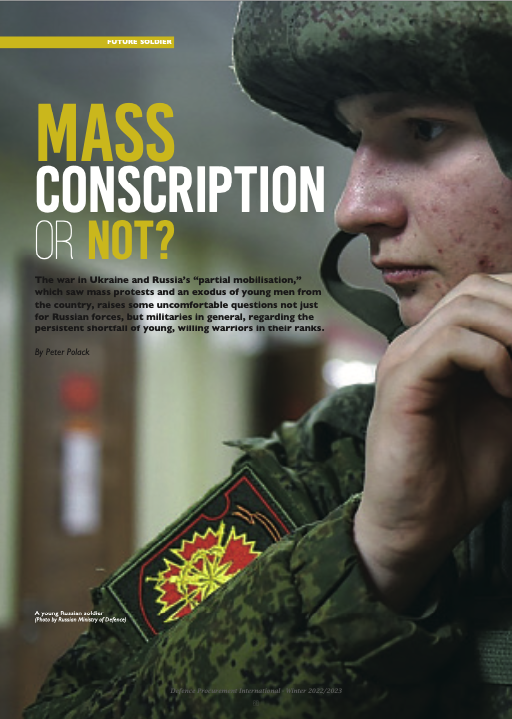
The war in Ukraine and Russia’s “partial mobilisation,” which saw mass protests and an exodus of young men from the country, raises some uncomfortable questions not just for Russian forces, but militaries in general, regarding the persistent shortfall of young, willing warriors in their ranks.
By Peter Polack
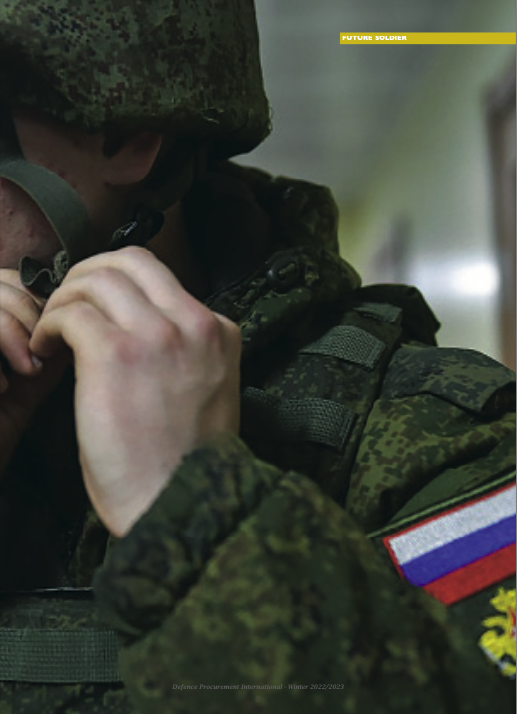

Several dozen countries have limited The necessity of widespread veterans were exempted. The Universal military conscription or service registration including Russia, Iran, Cuba, South Korea, and Israel. The last three countries, and others, have made false the idea that military conscription has almost been erased except in obsolete authoritarian regimes. Necessity will become mandatory wherever persistent and emerging threats confront countries of limited relative size on the borders of larger neighbours in turmoil. In this, indirect threats are more troubling.
Extensive and inclusive conscription of all ages is another matter and the preven- tion of males from leaving Ukraine is the exception that proves the rule. Even ob- scure islands in the Caribbean have drawn attention for recruitment by the UK as they create regiments of young men in British Overseas Territories, including the Cayman Islands, under the guise of poten- tial national emergencies.
Russia’s present one year military service requirement was reduced from
the original two years in 2008 for those aged 18-27 years. Like the South African contingent sent to Angola, the rich and well-connected mostly escape the current selections. Apart from poor conditions of service, postings to distant locations with extreme weather, and pay that is a fraction of regular or contract soldiers, Russian conscripts have also had to face the recurring decimal of hazing often with deadly outcomes such as a 2019 incident when a Russian conscript killed eight other soldiers. Incidents of reported abuse of power against junior enlisted personnel number nearly three a day.
The widespread Russian drain in Ukraine, which is laughably named a “spe- cial military operation” is telling in that even Putin is afraid of a nationwide call-up, instead opting for “partial mobilisation” of military reservists just six months into the war. That was enough to encourage protests at home and an exodus of young men from the country. In November, just as quickly as it began, Putin announced the mobilisation was over.
The necessity of widespread conscription since Vietnam has given way to self-forced enlistment by jobless young men and women in modern armies or expedited citizenship in the case of many immigrants that supply the life grinder that is conflict resolution by battlefield.
THINKING THE UNTHINKABLE
There was conscription for the Korean War, the terms of which changed as the war went on. In 1950, the Korean War draft was for those aged 18.5-35 for two years of duty while Second World War veterans were exempted. The Universal Military Training and Service Act passed the following year declared that males aged 18-26 had to register for the draft.
The Russian military do not have the constraints of democracy and recruitment targets were easily met because of forced enrollment pre-Ukraine. Putin’s agents now troll prisons and underdeveloped regions with cash offers, in a desperate search to replace battlefield casualties at the hands of patriotic Ukrainians from a wide range of age groups. Early attempts to use untrained, young conscripts created a public relations disaster with bodies, funerals and videos of soldiers being cap- tured or abandoned by unit commanders. Putin was forced to publicly pronounce that no conscripts would go to the front- lines and denounced his army for the imaginary error.
If the authoritarian regime in Moscow and their lockstep population were re- luctant to have nation-wide conscription nor the use of young conscripts, then
who could sensibly contemplate a mass conscription in Europe or North America? Those regions are filled with well-in- formed, educated, globally mobile young people not only used to democracy and a bill of rights, but the perks of a developed world as well as having their voices heard. Post-Afghanistan wars are confined to movies, the fantasy of video games or the simulation of paintball. Real shots, missile explosions, the wounded and the dead are not part of that instant reality.
Much heed has likely been taken of dis- abled veterans or combat stories of older relatives as a warning to seek alternative employment. Just when populations were becoming used to peaceful coexistence
in a developed world, the war in Ukraine cast doubt on the future. Like many things in the modern world, difficulties are met with resources, not personal commitment.
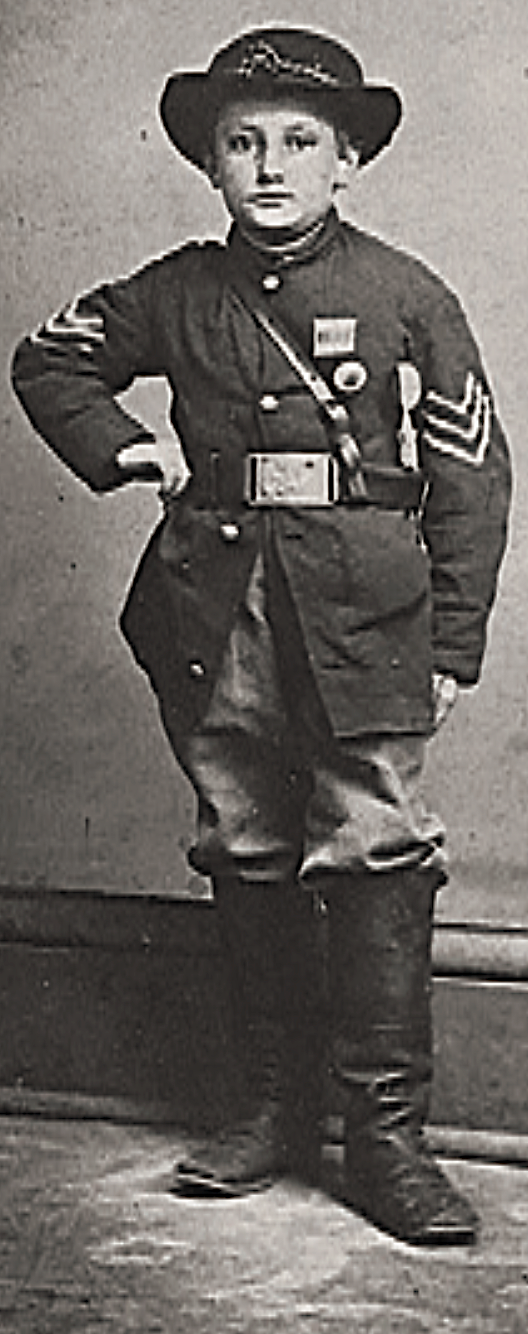

THE AFGHANISTAN HANGOVER
Foreign armed forces, particularly from Europe and the United States, are now faced with the Afghanistan hangover. The 9/11 tragedy was formerly a good source for recruiting material. Salary and benefits will still be attractive and maybe more so with the pandemic repercussions aided
by the self-delusion that wars in foreign places are at an end. It may not be enough.
The average age of young men dying in combat has decreased substantially from the mid-twenties of earlier wars to the late teens. One estimate puts the average age of Union soldiers during the American Civil War at just under 26- years old. A report on enlisted men from Northwest England in the Great War puts the average age of dead soldiers at 27- years old, but more 19-year-olds died than any other age group.
By the Second World War the average age of a US soldier was still 26. In the Vietnam War the average age of soldiers killed in action had declined to 23 years and 20% of those killed were less than
20 years old. A snapshot of this evolving paradigm came on 10 July 2009 when five UK servicemen with an average age of 20 years were killed in Helmand province in Afghanistan. Three of the dead soldiers were only 18.
SFC David D. Hack, US Army (Ret.) came up with this analysis of Vietnam War casualties:
- Five men killed in Vietnam were only16 years old.
- Of those killed, 61% were youngerthan 21 years old.
- 11,465 of those killed were youngerthan 20 years old.
- The average age of the 58,148 killed inVietnam was 23.11 years.
The Congressional Research Serviceprovided a report on Recent Trends
in Active-Duty Military deaths in May 2019: Summary of Deaths since 2006;
a total of 16,652 active-duty personnel and mobilised reservists have died while serving in the US armed forces. More than 70% of these casualties occurred under circumstances unrelated to war.
If US Sergeant Bowe Bergdahl had taken a more extreme position in 2009 with the Taliban and joined them as a combatant, then he could have ended up on the Leavenworth death row with Nidal Hasan, the Fort Hood mass shooter from that same year. Any 18-year-old soldier
in a similar position would face the same penalty, an unpalatable solution in any military given the likely public outcry.
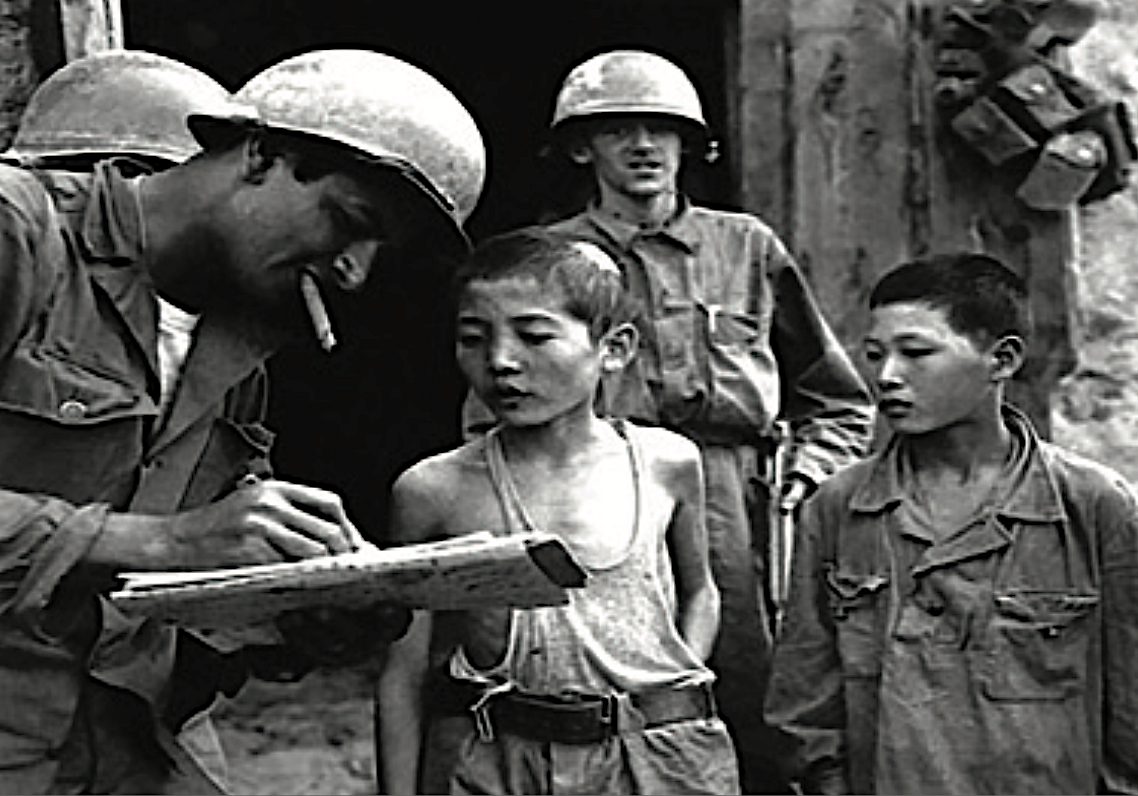

THE LAW OF SUPPLY AND DEMAND
These facts illustrate a massive problem that has beset the modern military, namely the persistent shortfall in their ranks, which is in part caused by the dissemination of anti-war writing
in various forms, the easy availability of statistics and information on previous wars, the drift of young people away from the warrior profession in a modern world that provides wide employment alternatives, especially in technology. In short, patriotism, jingoism and the warrior creed are in short supply, but social media is not. Young, military age people are running towards pleasantness, world travel experiences and occupations from home. It is not our grandfather’s world.
One can well imagine the blowback if the Vietnam War demonstrators were not substantially conscription likely young male adults and students, but masses of housewives or grandmothers, trailed by lines of children. Women do not like war or encourage it.
The US military seem to agree with the concept of older recruits with a policy change by the Air Force in June 2014, when the maximum age for enlistment was raised from 27 to 39 years of age. The enlistment age restrictions for the Army, Navy and Marines are 35, 34 and 28. In a version of the moving goal post of necessity, the US Army announced in 2006 that they were increasing the maximum enlistment age to 42-years old, having previously raised it to 40.
The UK Ministry of Defence raised the enlistment age limit for its Army Reserve in November 2014 to 52 from 43, and for individuals with specific qualifications or experience from 45 to 50. The announcement included references to older soldiers sharing knowledge and experience as well as widening the recruitment pool. It was stated that this was part of a plan to reduce the regular army by bolstering the number of reservists, the future wave. It is a clear example of the law of supply and demand. The military is rarely this nimble except in the cases of urgent manpower shortage. There can be no argument that the large investment over time in the very capable non-commissioned officer ranks in all branches of service should justify opportunities for extension of service by the willing for the needy. Similarly, if persons of advanced age are already serving in the United Kingdom. A boy can apply for military enlistment in England at the age of 15 and seven months with parental consent to join at 16 years old. A wide band of supporters in that country from religious leaders to established military experts have campaigned over time for the age to be increased to 18 years old, pointing out that they should not see combat before 20. The UK military has repeatedly allowed 17-year-old boys and girls into combat zones proving undertakings and oversight impossible.
One realistic point of view is that a large majority of potential underage recruits fail early for health, academic or criminal history reasons. A senior military officer put the actual recruitment pool at less than 5% of the available under 25-year- olds and even down from that accounting for deduction of failures in the Armed Forces Qualification Test.
Western nations have hoped to forestall close inquiry into their enlistment practices by the camouflage of misdirection towards African and other child soldiers. Many institutions, such as the Dallaire Institute for Children, Peace, and Security, have attacked the use of child soldiers
with direct and indirect financial support from governments. There is little or no inquiry or protest against the recruitment of teenagers in Western nations. These groups are effectively employment mills without confronting the wider root causes.
A solution does exist as outlined in my book, Last Hot Battle of the Cold War: “A further and perhaps better enquiry should be directed as to why a country like South Africa would send inexperienced young conscripts to frontline duty in Angola when it had such a large pool of professional career soldiers in various units at its disposal marking time in the relative safety of border patrols and the absolute safety at the rear.
The size of the SADF in 1986 was esti- mated at 43,000 in the permanent force, 265,000 part-timers and 67,000 conscripts. Of this substantial force only about 5,000 were sent to the inferno of Angola and it was unforgivable to use young conscripts see-
ing combat for the first time. Surely at the very least, the SADF leadership could have given permanent soldiers the opportunity to replace the inexperienced conscripts heading for frontline duty in Angola. Given the history, heritage, bravery, and professionalism of the South African soldier corps not one young conscript would have reached Angola in that event. Explanations as to the extensive range and years of the border war fall on hard and stony ground.”
The answer to the remote possibility of mass conscription except in an apocalyptic scenario will be a vast increase in resources or the standing army, with enhanced reserve numbers at greater compensation. Invariably, this will be at the cost of discarded social programmes leading to social discord, a political nightmare unlikely to be a pill easily swallowed.
Society will become militarised, and the military will ascend to world war levels of expenditure amongst the persistence of common external threats. There will be the great temptation for an expedited resolution to the Ukraine conflict balanced by the opposing logic that an existential threshold has long been passed.
In this militarised future, the west will begin to mimic Russia and China as the separation between government, the military, business, and population creeps into an extended, ill-defined grey area. One need only look to Colombia as a guide, now pulled back from the brink by the new leftist president, intent on cutting back military expenditure at all levels by seeking peace, internally and externally, to pursue social upliftment.
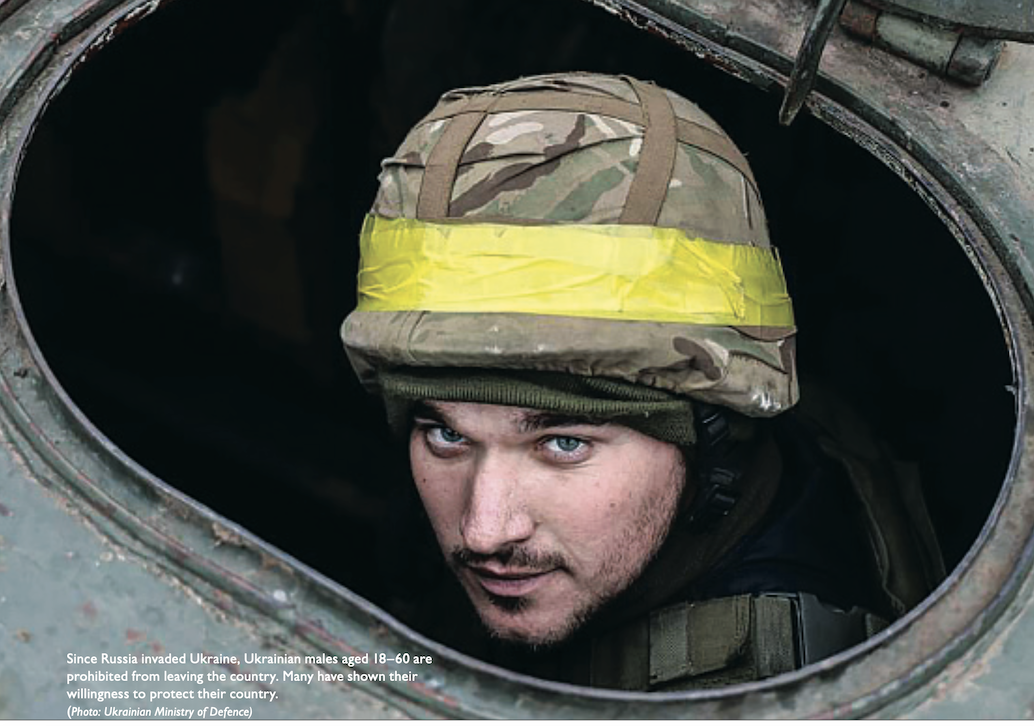

NOTES
- Gil Barndollar, The Best or Worst of Both Worlds? Russia’s Mixed Military Manpower System, CSIS, 23 September 2020
- Kremlin Raising Military Pay, russiandefpolicy.com, 3 January 2018
- Robyn Dixon, Polar bears and Arctic isolation: A Russian opposition activist describes militaryservice as ‘political exile’, The Washington Post, 2 January 2021
- Jim Lehrer, “Timeline of Conscription in the U.S.,” PBS.org, 2001
- www.battlefields.org
- Ian Stewart, Communities in War and Peace, Ages of the Dead, Lancaster University
- Jeff Nilsson, “If You Were the Average G.I. In World War 11,” The Saturday Evening Post, 17 July2019
- Aislinn Simpson, “Killed in Action; Five Soldiers with an average age of 20,” The Telegraph, 12 July2009
- David D. Hack, Vietnam War Facts, Stats and Myths, www.uswings.com
- Congress Research Service Reports, Recent Trends in Active-Duty Military Deaths, 20 May 2019
- Chris Carroll, “Air Force raises enlistee age limit from 27 to 39,” Stars and Stripes, 25 June 2014
- Lisa Burgess, “Army raises maximum enlistment age for new recruits from 40 to 42,” Stars andStripes, 23 June 2006
- Army joining age ’should be eighteen’ say campaigners,” BBC, 8 November 2013
- Mark Perry, “The Recruitment Problem The Military Doesn’t Want To Talk About,” The AmericanConservative, 15 August 2018
- News release 25 June 2019, Toronto — National Defence / Canadian Armed Forces
- Peter Polack, Last Hot Battle of the Cold War (Casemate, 2013),168
Biography
Peter Polack was a former criminal lawyer in the Cayman Islands for several decades. He is the author of The Last Hot Battle of the Cold War: South Africa vs. Cuba in the Angolan Civil War (2013), Jamaica, The Land of Film (2017) and Guerrilla Warfare: Kings of Revolution (2018). He was a contributor to Encyclopedia of Warfare (2013) and worked as a part-time reporter for Reuters News Agency in the Cayman Islands 2014-19 but now lives in Canada. His work has been published in Small Wars Journal, Defence Procurement International, American Intelligence Journal, U.S. Army John F. Kennedy Special Warfare Center magazine, Military Times, Foreign Policy News, EU Today, Radio Free Europe, VOA Portuguese, South Africa Times, History Cooperative, INews Cayman, Jamaica Gleaner, Miami Herald, Reuters, Toronto Star and The New York Times. McFarland will publisher his latest book entitled Soviet Spies Worldwide: Country by Country, 1940–1988. He has completed Only the Young Shall with Jack McCain about raising the age of military enlistment and is currently doing research on a curated collection entitled War In Pictures of almost 1,000 images throughout several conflicts over many centuries.
Some Recent Articles:
Hidden Truth: Caribbean Soldier Executions in the First World War, by Peter Polack – EU Today
UK military expansion in the Caribbean | Letters | Jamaica Gleaner (jamaica-gleaner.com)








1 COMMENTS